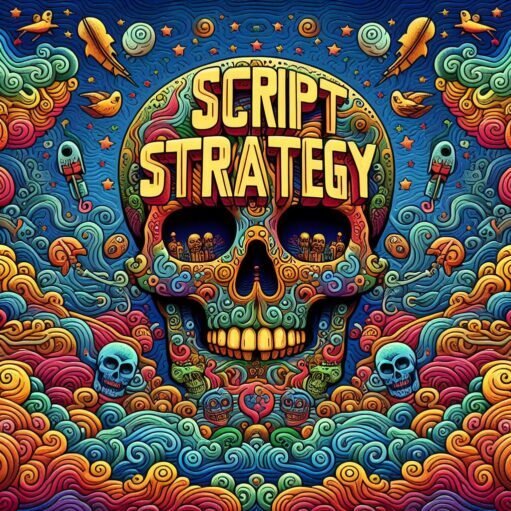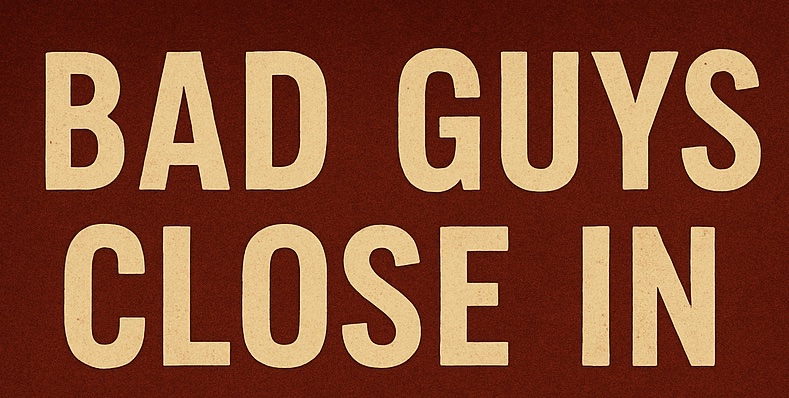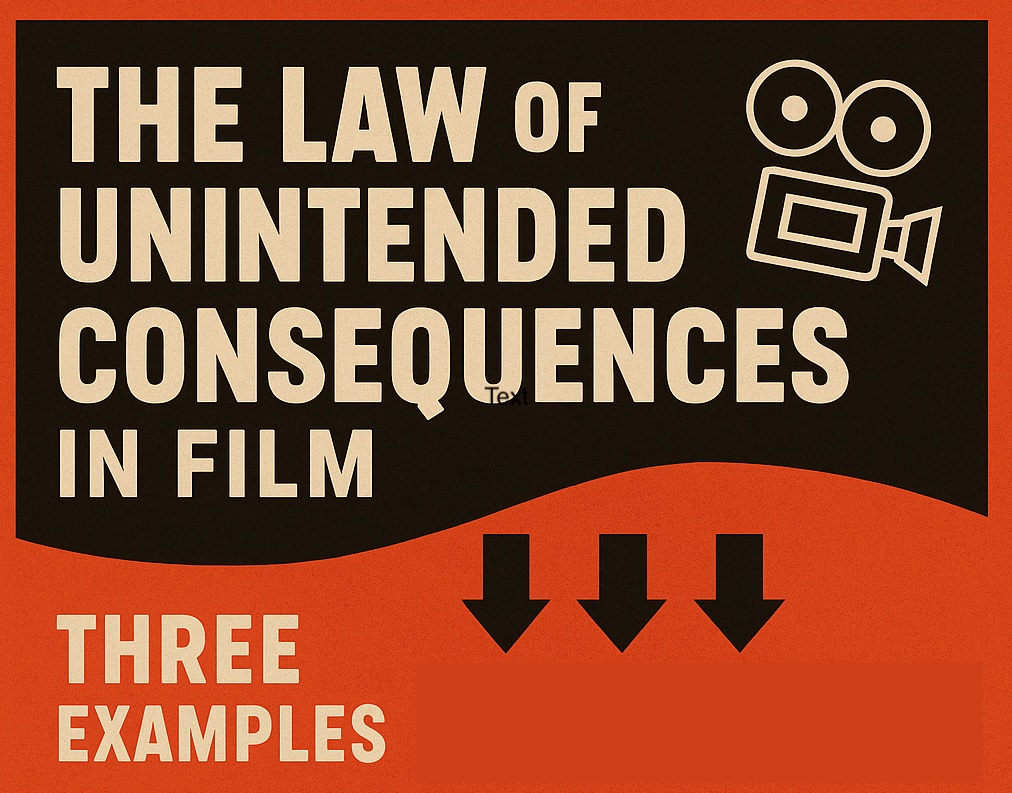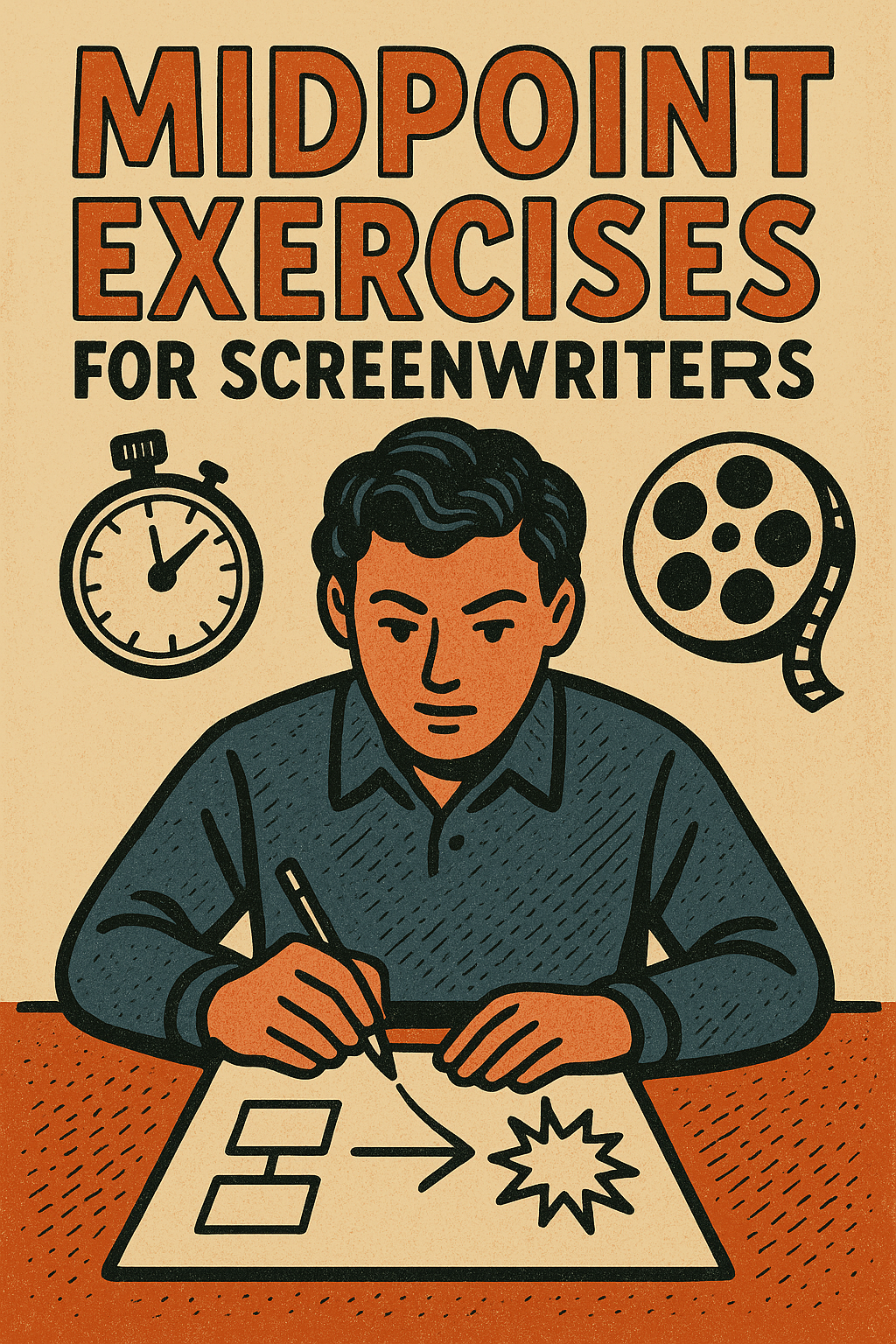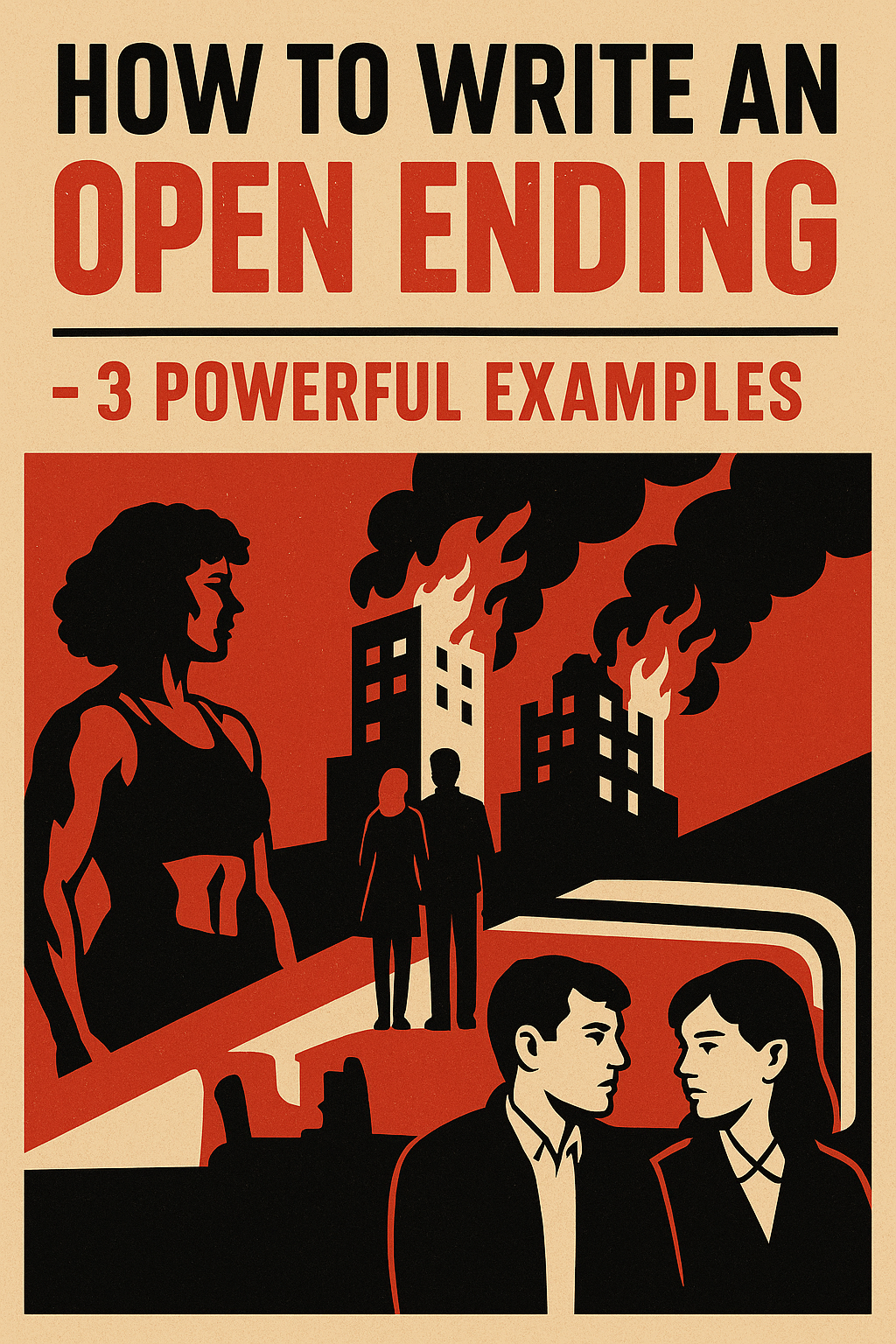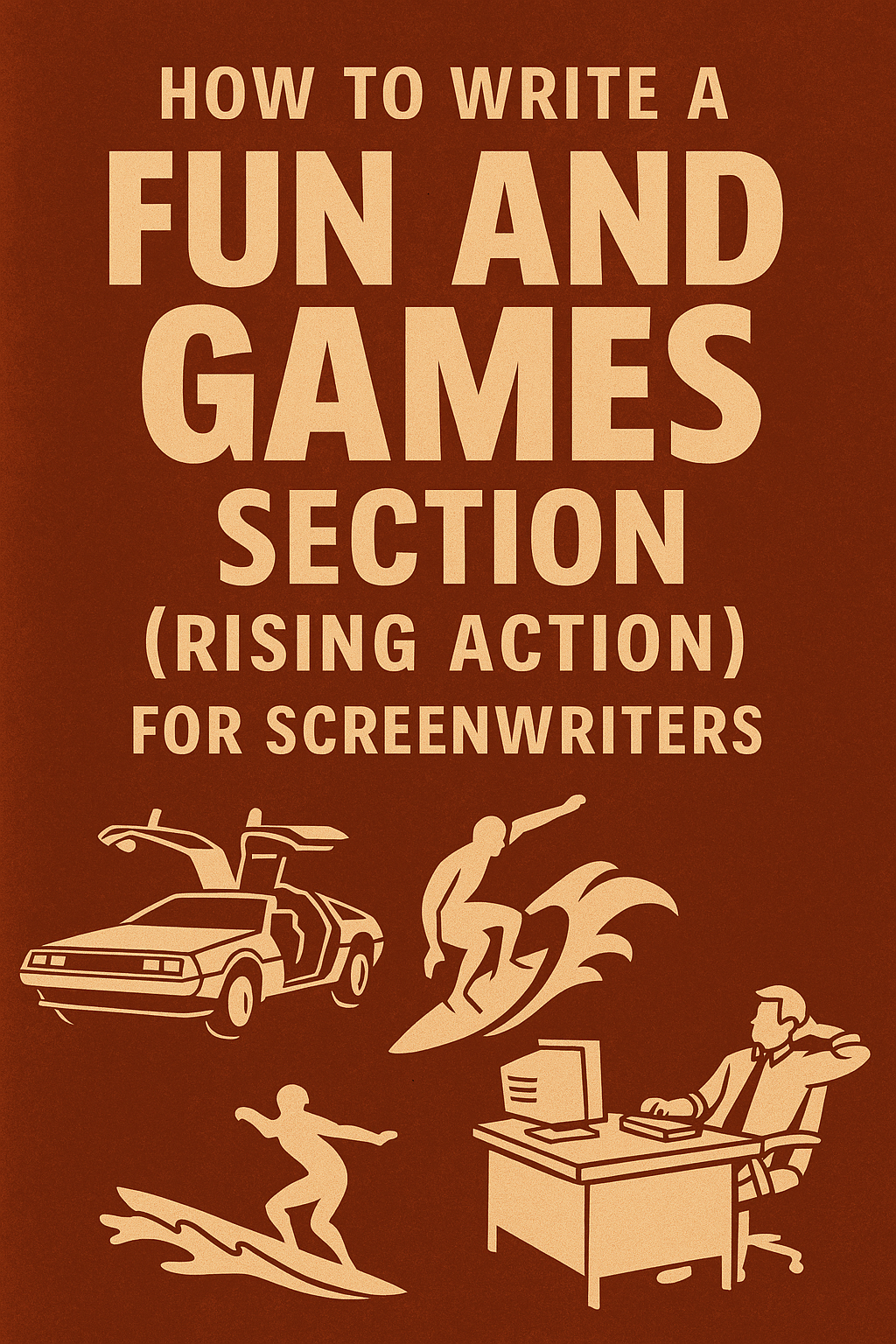Engineering the Midpoint: Faulty Logic for Screenwriters
Engineering the Midpoint through Faulty Logic for Screenwriters How People Come to Conclusions This post is about engineering the Midpoint of your film. But first we need to talk about how people form conclusions—especially the wrong ones. This involves two words that many people know but few actually understand: deduction and induction. Let’s start with … Read more
